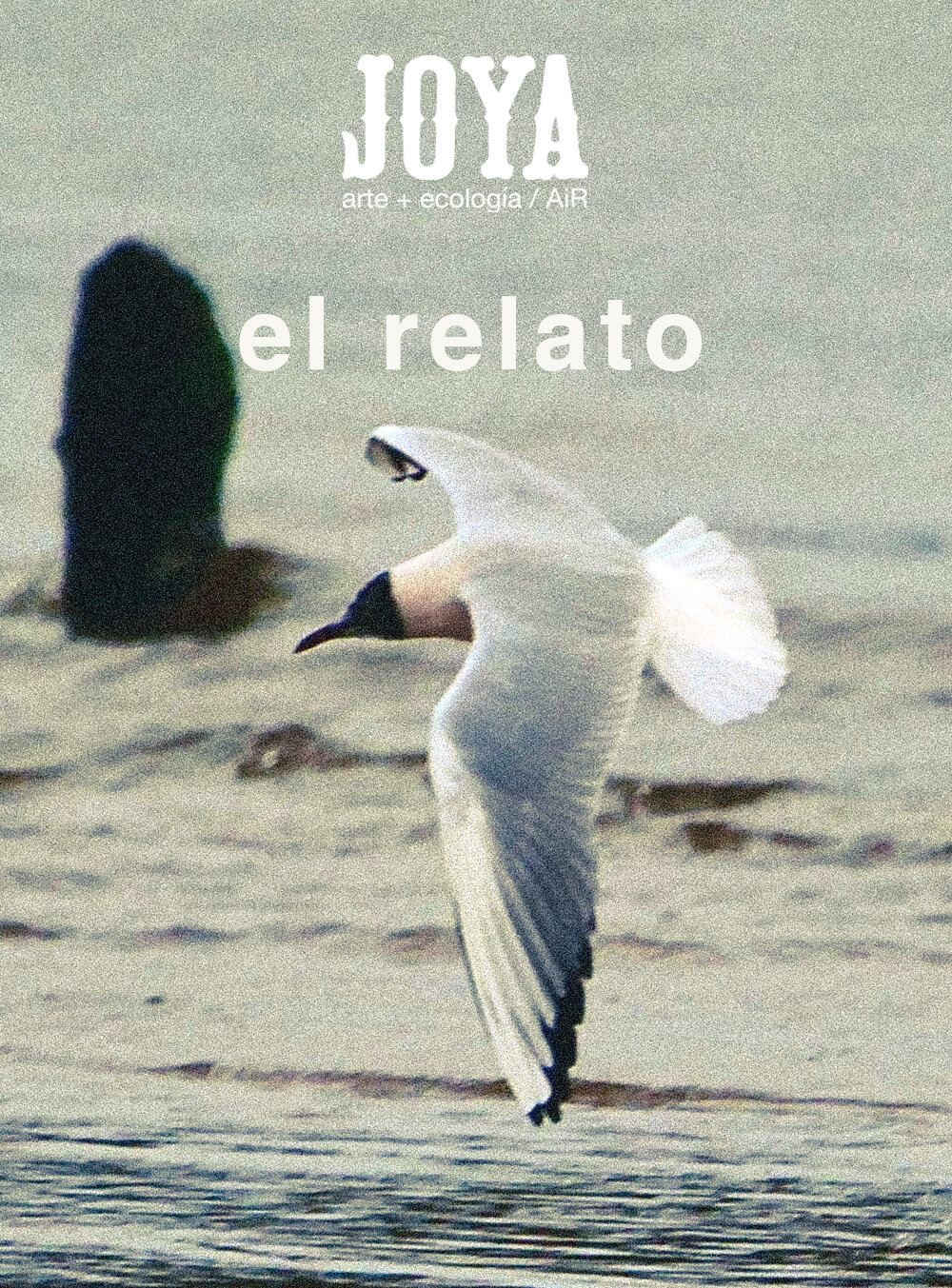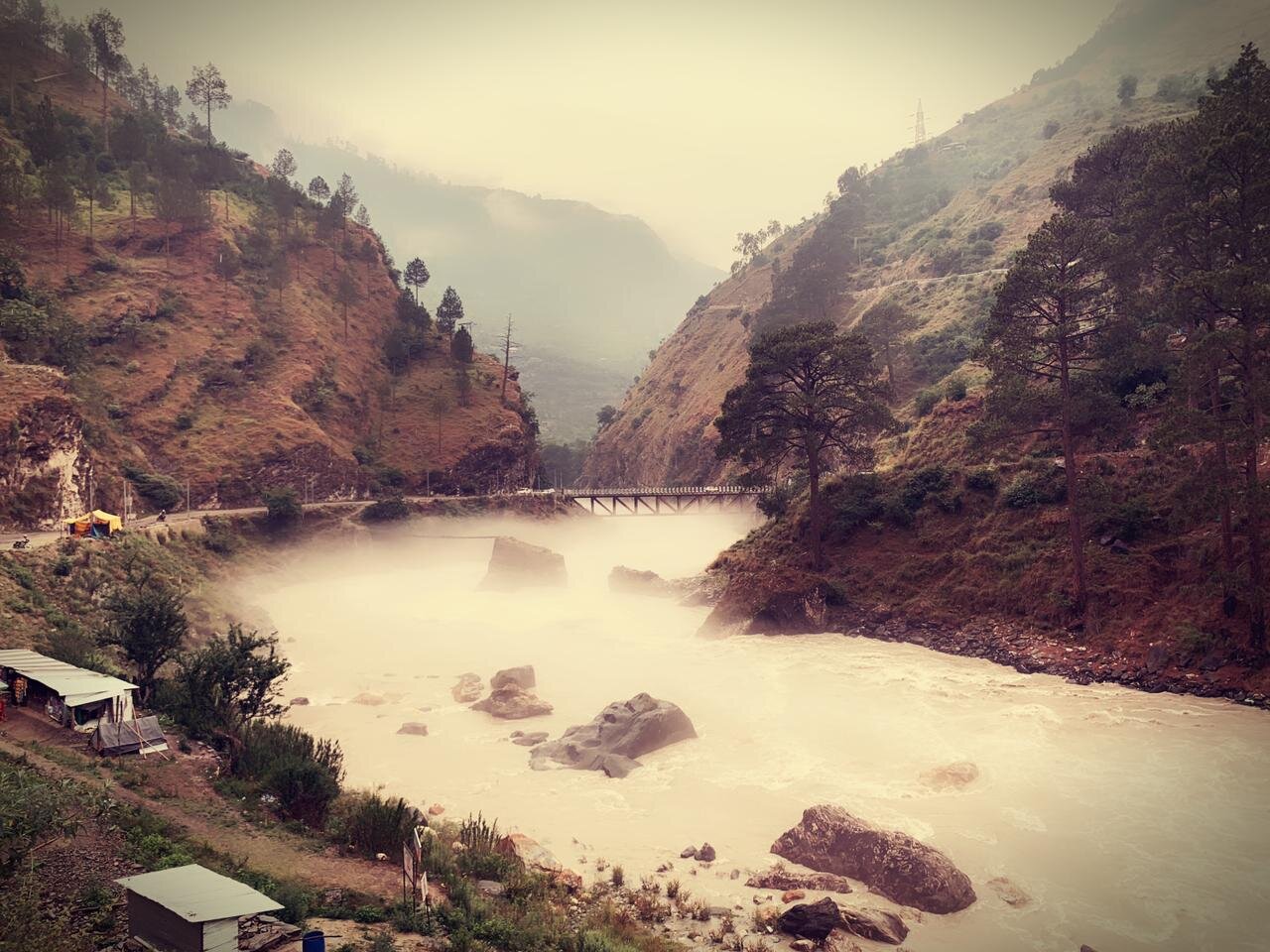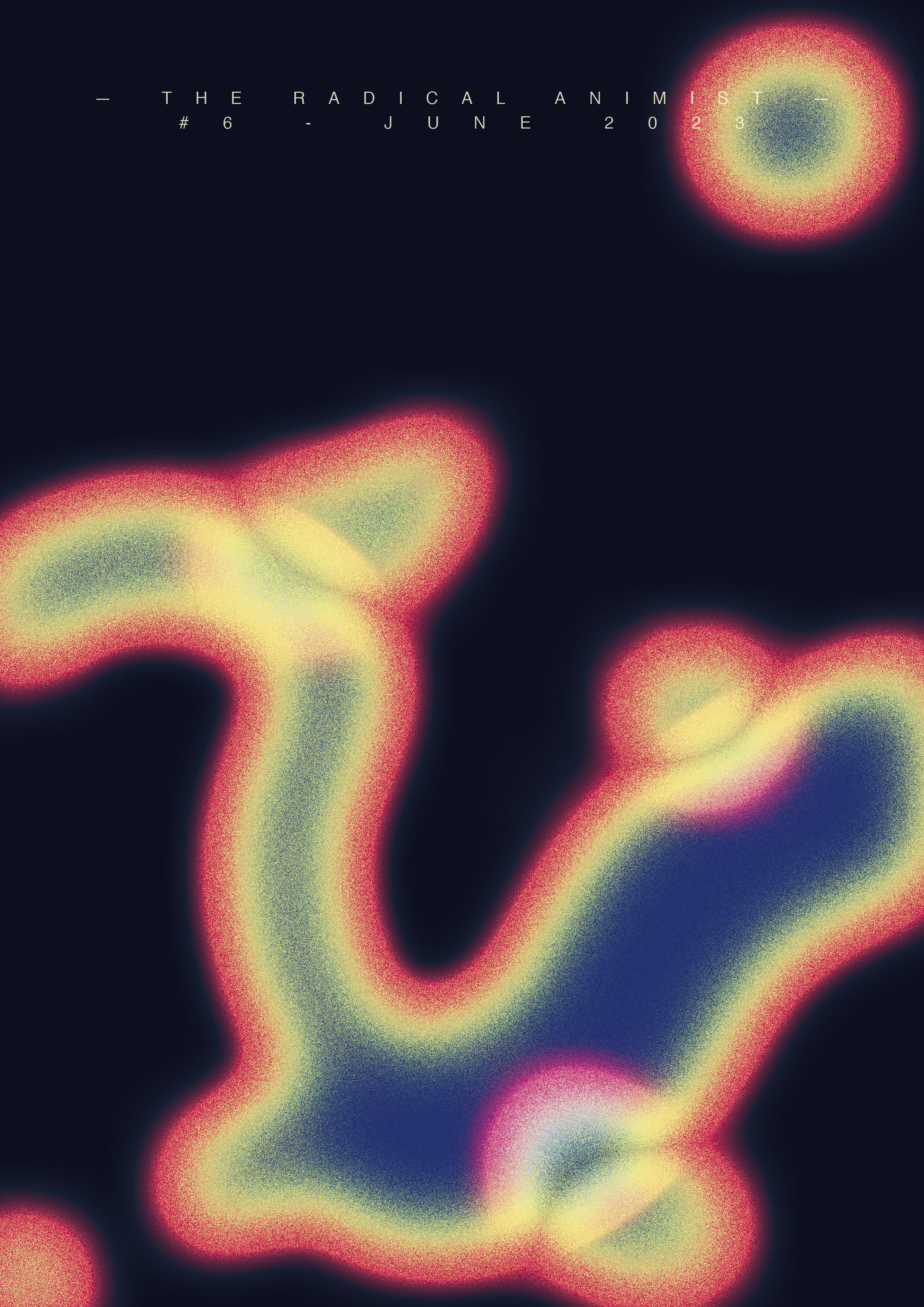In Spanish - English translation below…
Jaron Rowan es un investigador cultural que actualmente combina la investigación con la escritura y la docencia.
Es coordinador de la Unidad de Investigación y Doctorado de BAU, Centro Universitario de Diseño, en Barcelona. Ha escrito el libro Emprendizajes en cultura (Traficantes de Sueños, 2010), “Memes: inteligencia idiota, política extraña y folclore digital” (Capitan Swing, 2015) y “Cultura libre de Estado” (Traficantes de Sueños, 2016). También ha colaborado y coescrito libros como “Innovación en la cultura” (Traficantes de Sueños, 2009), “Cultura libre digital” (Icaria, 2012) o “La tragedia del copyright” (Virus, 2013) y también colabora con los medios de comunicación y las revistas.
En busca de la intimidad perdida
El pensamiento ilustrado llegó a Europa trayendo consigo, e imponiendo, una forma de entender y hacerse cargo del mundo basado en la razón y la objetividad. Con esto y de forma progresiva se fue menospreciando la capacidad de pensar/entender/vivir el mundo de otras maneras más mágicas, esotéricas o creativas. Con la racionalidad llegó la capacidad de percibir la realidad como entidades discretas, como un conjunto de entes que se podían disociar unos de otros. Todo se podía escrutar, descomponer y comprender en un laboratorio. Esto chocaba con las dos formas epistémicas hegemónicas de la época, el pensamiento mágico y la fé. El primero está caracterizado por tramar vínculos entre entidades heterogéneas (oro--->dios←- pelo rubio) creando conexiones improbables y en ocasiones fabulosas. Pero este no era el objetivo principal de la ilustración. El pensamiento ilustrado llegó para enfrentarse de forma específica a un marco epistémico basado en la fé (las cosas son como Dios ha determinado y la única opción es creer en su palabra), y las relaciones de poder que esta forma de entender/ordenar el mundo traían consigo. La objetividad transmutaba la realidad en objetos medibles, cuantificables, demostrables y datos objetivables. No había que creer en la ciencia para que esta pudiera demostrar sus hipótesis. El mundo se podía diseccionar, racionalizar y explicitar. Con esto se estableció de forma clara la distinción entre los sujetos, quienes piensan/analizan/entienden y los objetos, que inertes esperan a ser comprendidos por quien tenga agencia y subjetividad.
En paralelo, el auge del capitalismo transformó a todos los seres, materiales o entidades en objetos susceptibles de ser comercializados. Con el capitalismo se inventó un tipo de objeto muy concreto, la mercancía. Se establecieron circuitos globales de intercambio por el que animales, plantas, minerales o incluso personas, podrían acabar circulando. No hay cosa en el mundo que no pueda ser transformada en mercancía. Así, la transformación epistémica que transformó la realidad en objetos, se vió acompañada por un sistema capaz de determinar el valor económico de cada uno de ellos. El mundo fenoménico se convirtió en un gran bazar. El valor económico acabó por transformarse en la única medida de valor abstracta y estandarizada. El mundo se sometía a los principios de la utilidad. Así, de forma paulatina fuimos determinando relaciones instrumentales con las cosas. Todo podía ser medido, comprendido, producido o intercambiado. Nos creímos que las personas estaban por encima de las cosas. Que la realidad estaba desplegada frente a nosotros lista para ser usada, medida o comercializada. Perdimos la intimidad con el mundo material, que se nos presentaba como un conjunto de objetos distantes y distintos a nosotros. Todo se podía explotar.
Todo esto ha cristalizado un mundo marcadamente utilitarista. Un mundo en el que el valor de las cosas está en relación directa al uso que les podemos dar. Si las cosas no sirven, parecen perder todo su valor. Inconscientemente clasificamos y valoramos a los animales dependiendo del uso que les podamos dar: el caballo vale más que el saltamontes, el gato vale más que el lince, en buey vale más que un calamar gigante. Lo mismo hacemos con los minerales, las plantas e incluso, con las personas. A medida que lo hacemos, nos vamos desvinculando afectivamente del mundo fenoménico. Podemos llegar a creer que somos autónomos de la realidad en la que vivimos. Que nuestra capacidad para nombrar, categorizar y definir, nos eleva sobre el agua, la sal, los geranios o las sardinas. La ficción de la autonomía nos ha hecho creer que estamos por encima del mundo material al que pertenecemos y del que dependemos para sobrevivir. La creencia en nuestro yo, nuestra unicidad, nos ha hecho olvidar que somos con los alimentos que ingerimos, somos con el agua que bebemos, somos con el oxígeno que respiramos, somos con las bacterias que nos habitan, somos con las comunidades en las que crecemos. La creencia en la supremacía de la humanidad sobre el mundo material nos ha hecho olvidar gran parte de las relaciones íntimas que nos vinculan y nos hacen parte de ese mundo material. Como nos recuerda Donna Haraway en su libro “Seguir con el problema”, se ha impuesto un imaginario basado en la independencia, en lugar de la interdependencia.
Escribe George Bataille, en su excéntrico tratado de economía denominado “La parte maldita”, que sólo en los actos sagrados somos capaces de reconocer el poder que tienen las cosas sobre nosotros. En los rituales, las liturgias, las ceremonias, prestamos atención y aceptamos que los objetos con los que convivimos tienen poder. Empezamos a ser conscientes de la energía de las cosas. Sólo venerando al sol, a la luna, a la lluvia o a algún artefacto, nos damos cuenta que ese poder que pensamos que tenemos sobre la realidad es ficción. En la destrucción de algo que nos resulta útil reconocemos la agencia de la cosa. Su importancia va más allá del uso que le demos. Sólo escapando a lo útil, empezamos a reconstruir la intimidad perdida con las cosas. Cuando no vemos a un animal, planta o persona como un fin para conseguir algo, ya sea alimento, placer, energía, etc., se empiezan a abrir nuevas vías de ser/conocer/vivir en comunidad. Sólo perdiendo el principio de sospecha acontecen las confianzas que permiten que lo íntimo empiece a surgir.
Es en lo inútil, en la experiencia estética por ejemplo, en donde empezamos a sentir florecer vínculos con la realidad de la que somos parte. Muerta la utilidad, surge la intimidad. Dejamos de ahondar en la idea de autonomía neoliberal y se nos abre un mundo de interdependencias. De conexiones y vínculos afectivos y energéticos. Muerto el deseo aparece la erótica que nos articula con el mundo. Muerta la ficción de que el humano está por encima de las cosas, se nos dibujan ontologías más horizontales para con la realidad. Se empiezan a establecer intimidades desconcertantes. Vínculos improductivos. Amores sin apego. Sólo escapando de lo útil, nos acercamos a un mundo exuberante y absurdo en el que el orden biológico y geológico se funden, objetos y sujetos se confunden, las categorías y taxonomías científicas se desdibujan. El aire que entra por nuestra nariz se vuelve yo. El calor de los animales es también el nuestro. Los cambios estacionales nos afectan. Las lunas nos conmueven. Nuestros egos se disuelven y apreciamos más a las demás personas. Cuando abrimos el mundo a la intimidad, lo que nos parecían desiertos yermos e improductivos se desvelan como lugares llenos de vida. Lugares en los que podemos re-aprender formas de ser y de sentir. En los que predomina la intimidad perdida. La intimidad con todo lo que podríamos llegar a ser.
Jaron Rowan
Jaron Rowan is cultural researcher currently combining research with writing and teaching.
He is coordinator of the Research and Doctorate Unit of BAU, University Center of Design, in Barcelona. He has written the book Emprendizajes en cultura (Traficantes de Sueños, 2010), “Memes: idiotic intelligence, weird politics and digital folklore” (Capitan Swing, 2015) and “Cultura libre de Estado” (Traficantes de Sueños, 2016). He has also collaborated and co-written books such as “Innovation in Culture” (Traficantes de Sueños, 2009), “Digital free culture” (Icaria, 2012) or “La tragedia del copyright” (Virus, 2013) and also collaborates with the media and magazines.
In search of lost intimacy
The Enlightenment came to Europe bringing with it, and imposing, a way of understanding and making sense of the world based on reason and objectivity. With this, and progressively, the ability to think / understand / live the world in other more magical, esoteric or creative ways was undervalued. With rationality came the ability to perceive reality as discrete entities, as a set of objects that could be dissociated from each other. Everything could be scrutinized, broken down, and understood in a laboratory. This clashed with the two hegemonic epistemic forms of the time, magical thinking and faith. The first is characterized by plotting links between heterogeneous entities (gold ---> god ← - blonde hair) creating unlikely and sometimes fabulous connections. But this was not the main purpose of the Enlightenment. This movement challenged and focused its efforts to change an epistemic framework based on faith, that is things are as God has determined and the only option is to believe in his word. A faith-based world produces a very specific set of power relations that modern thinking would challenge and alter inevitably. The introduction of rationality and objectivity transmuted reality into measurable, quantifiable, demonstrable objects and objective data. You did not have to believe in science for it to prove its hypotheses to be right. The world could be dissected, rationalized, and made explicit. With this, the distinction between subjects, those who think / analyse / understand, and objects, which inertly wait to be understood by those who have agency and subjectivity, were clearly established.
In parallel, the rise of capitalism transformed all beings, materials or entities into objects that can be bought and sold. With capitalism a very specific type of object was invented, the commodity. Global circuits of exchange were established through which animals, plants, minerals or even people could end up circulating. There is nothing in the world that cannot be transformed into a commodity. Thus, the epistemic transformation that transformed reality into objects was accompanied by a system capable of determining the economic value of each one of them. The phenomenal world became a great bazaar. Economic value eventually became the only abstract and standardized measure of value. The world was subject to the principles of utility. Thus, gradually humans were establishing and imposing instrumental relationships with things. Everything could be measured, understood, produced or exchanged. We believed that people were above things. That reality was displayed in front of us in order to be used, measured or commercialized. We lost our intimacy with the material world, which appeared to us as a set of objects that were distant and different from us. Everything could be exploited.
All this has given place to a clearly utilitarian world. A world in which the value of things is directly related to the use we can give them. If things don't work, they seem to lose all their value. Unconsciously we classify and value animals depending on the use we can make of them: the horse is worth more than the grasshopper, the cat is worth more than the lynx, the ox is worth more than a giant squid. We do the same with minerals, plants and even with people. As we do so, we become affectively detached from the phenomenal world. We can come to believe that we are autonomous from the reality in which we live. That our ability to name, categorize and define, elevates us above water, salt, geraniums or sardines. The fiction of autonomy has led us to believe that we are above the material world to which we belong and on which we depend to survive. The belief in ourselves, our uniqueness, has made us forget that we are with the food we eat, we are with the water we drink, we are with the oxygen that we breathe, we are with the bacteria that inhabit us, we are with the communities in which we grow. The belief in the supremacy of humanity over the material world has made us forget much of the intimate relationships that link us and make us part of that material world. As Donna Haraway reminds us in her book "Staying with the Trouble: Making Kin in the Chthulucene", an imaginary based on independence, rather than interdependence, has been imposed on us.
The french philosopher and poet George Bataille writes, in his eccentric treatise on economics called "The Accursed Share", that only in sacred acts are we able to recognize the power that things have over us. In rituals, liturgies, ceremonies, we pay attention and accept that the objects with which we live have power. We begin to be aware of the energy of things. Only by venerating the sun, the moon, the rain or some artefacts, we realise that this power that we think we have over reality is fiction. In destroying something that is useful to us, we recognise the agency of the thing. Its importance goes beyond the use we make of it. Only by escaping the useful, we begin to rebuild the lost intimacy with things. When we do not see an animal, plant or person as an end to achieve something, be it food, pleasure, energy, etc., new ways of being / knowing / living in community begin to open. Only by losing the principle of suspicion does the amount of trust needed grown enough to allow intimacy to begin to emerge.
It is in the useless, in the aesthetic experience for example, where we begin to feel links flourish with the reality of which we are part. When utility fades, intimacy arises. We stop delving into the idea of neoliberal autonomy and a world of interdependencies opens up to us. Of emotional and energetic connections and bonds. Once desire is dead, the eroticism that articulates us with the world appears. Once the fiction that the human is above things is dead, more horizontal ontologies are drawn to reality. Disconcerting intimacies begin to develop. Unproductive links. Loves without attachment. Only by escaping the useful, we approach an exuberant and absurd world in which the biological and geological orders merge, objects and subjects become confused, scientific categories and taxonomies are blurred. The air that enters our nostrils becomes us. The heat that animals produce is also ours. Seasonal changes affect us. The moons move us. Our egos dissolve and we appreciate other people more. When we open the world to intimacy, what appeared to us to be barren and unproductive deserts are revealed as places full of life. Places where we can re-learn ways of being and feeling. In which lost intimacy flows exuberantly. In which we grow an intimacy with all that we could become.
Jaron Rowan


























































